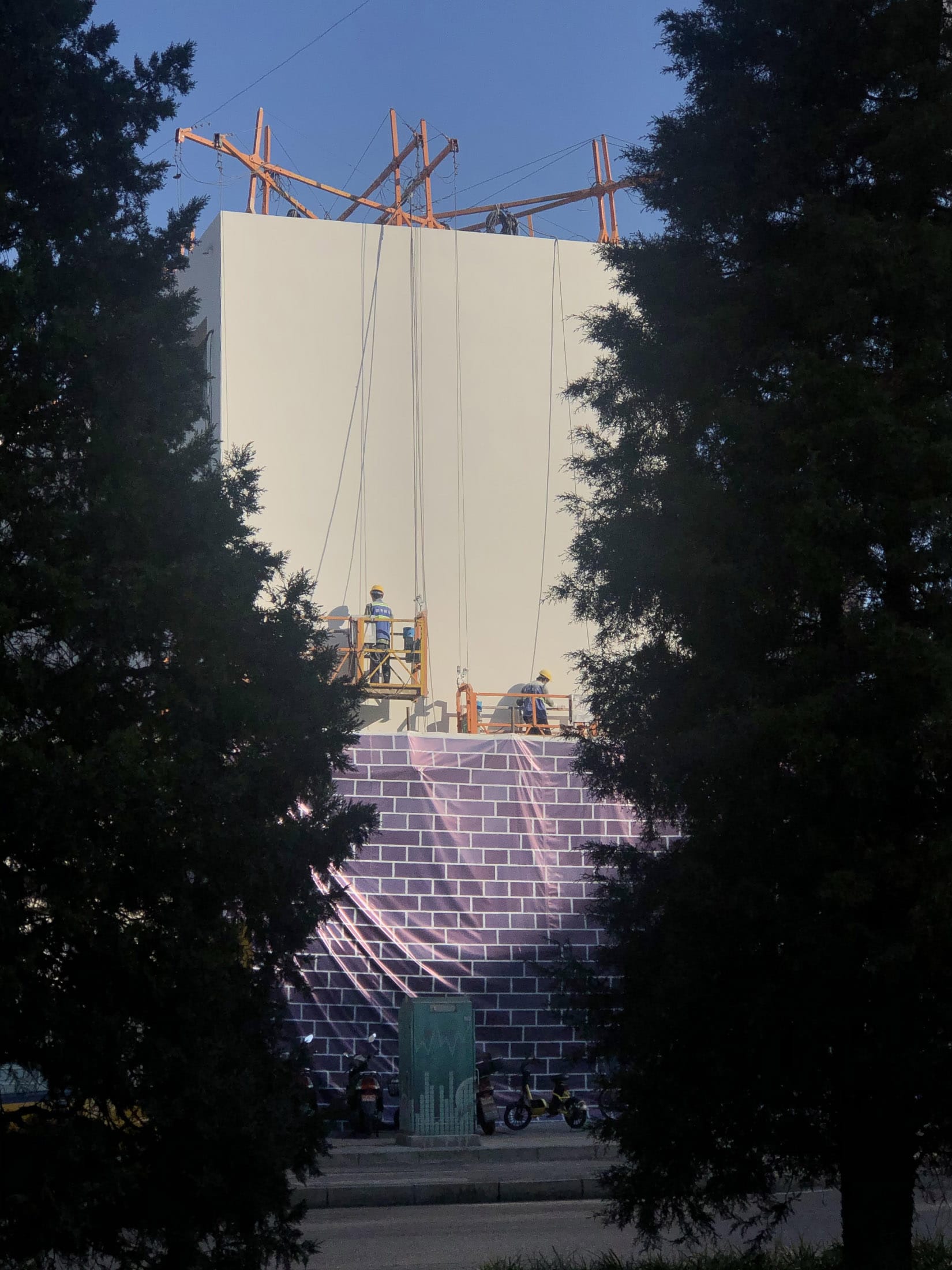

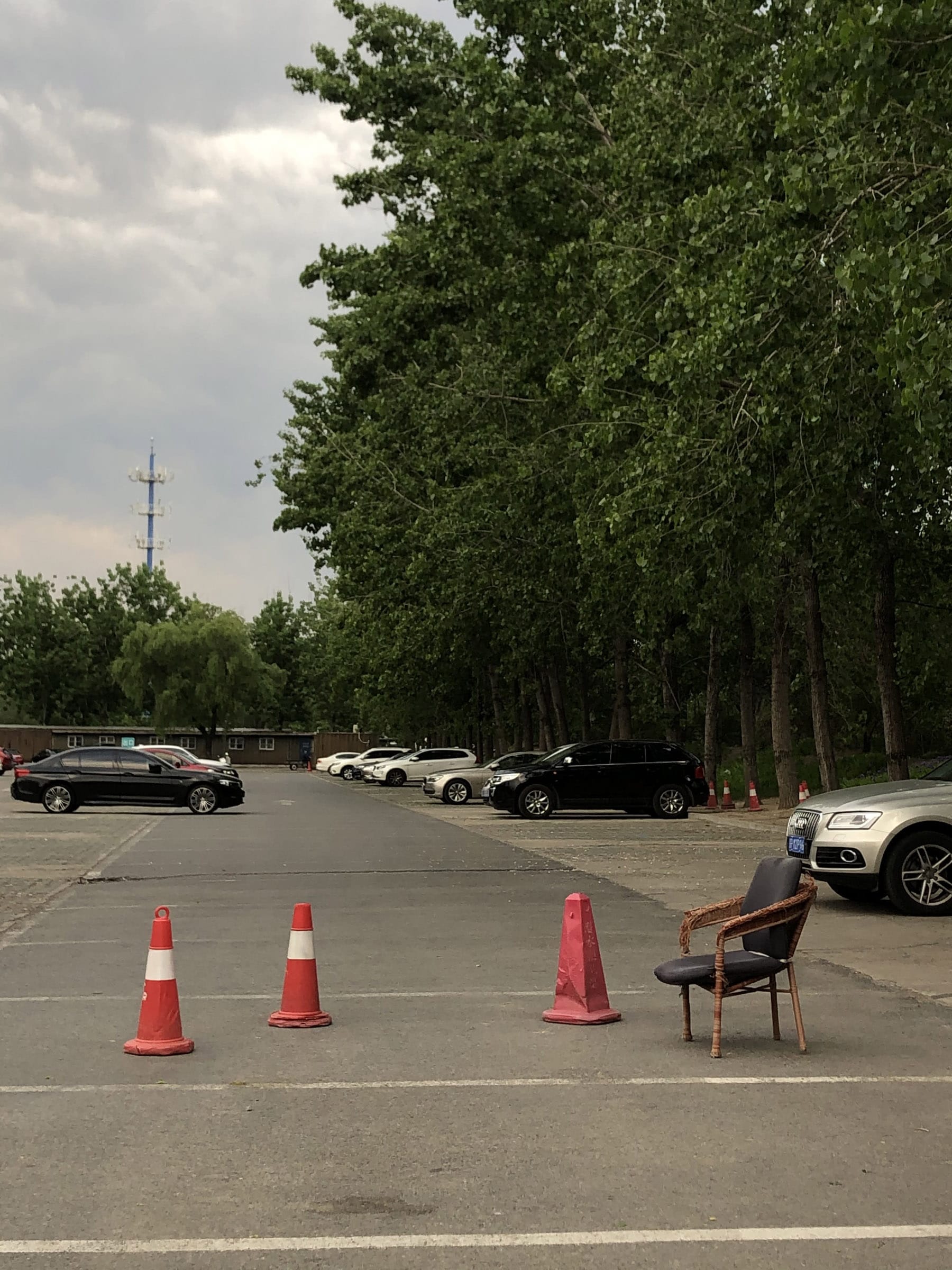 It also offers clues to understanding how many of the people working to address Beijing’s inequality and spatial layout—planners, administrators, and development-focused NGOs—have come to implicitly think of high population density as a problem, and how this way of thinking also pervades popular discourses about the city.
It also offers clues to understanding how many of the people working to address Beijing’s inequality and spatial layout—planners, administrators, and development-focused NGOs—have come to implicitly think of high population density as a problem, and how this way of thinking also pervades popular discourses about the city.
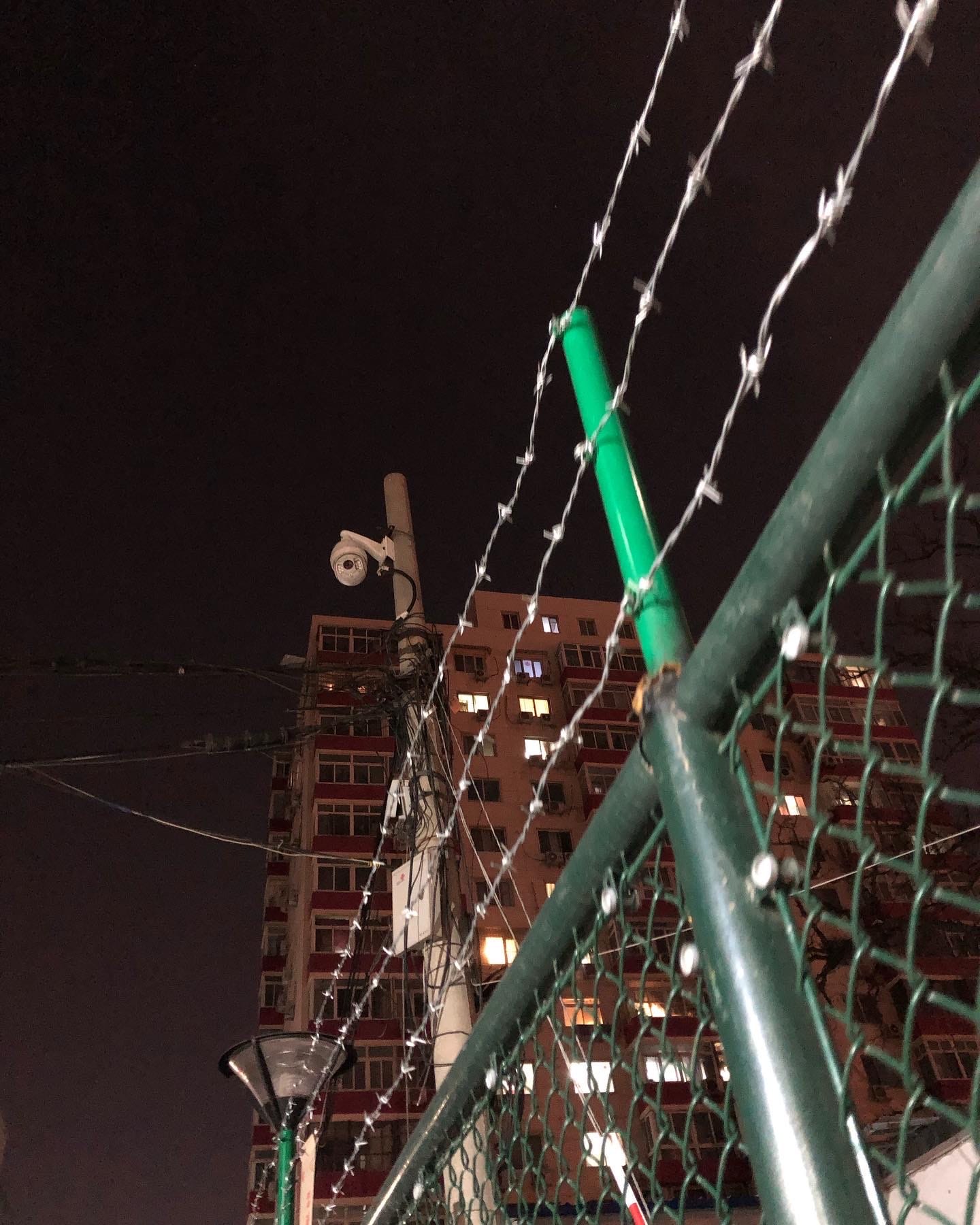
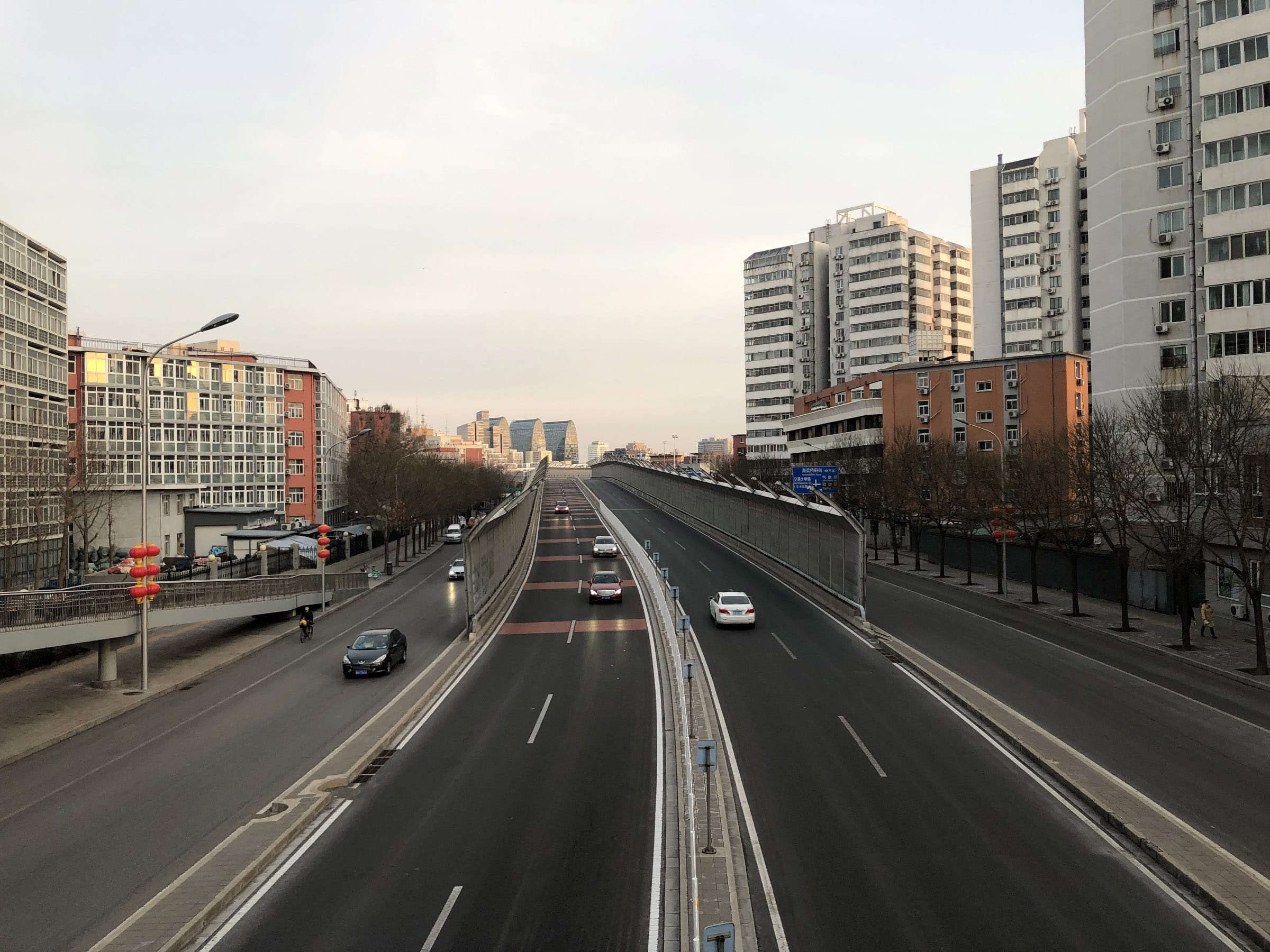
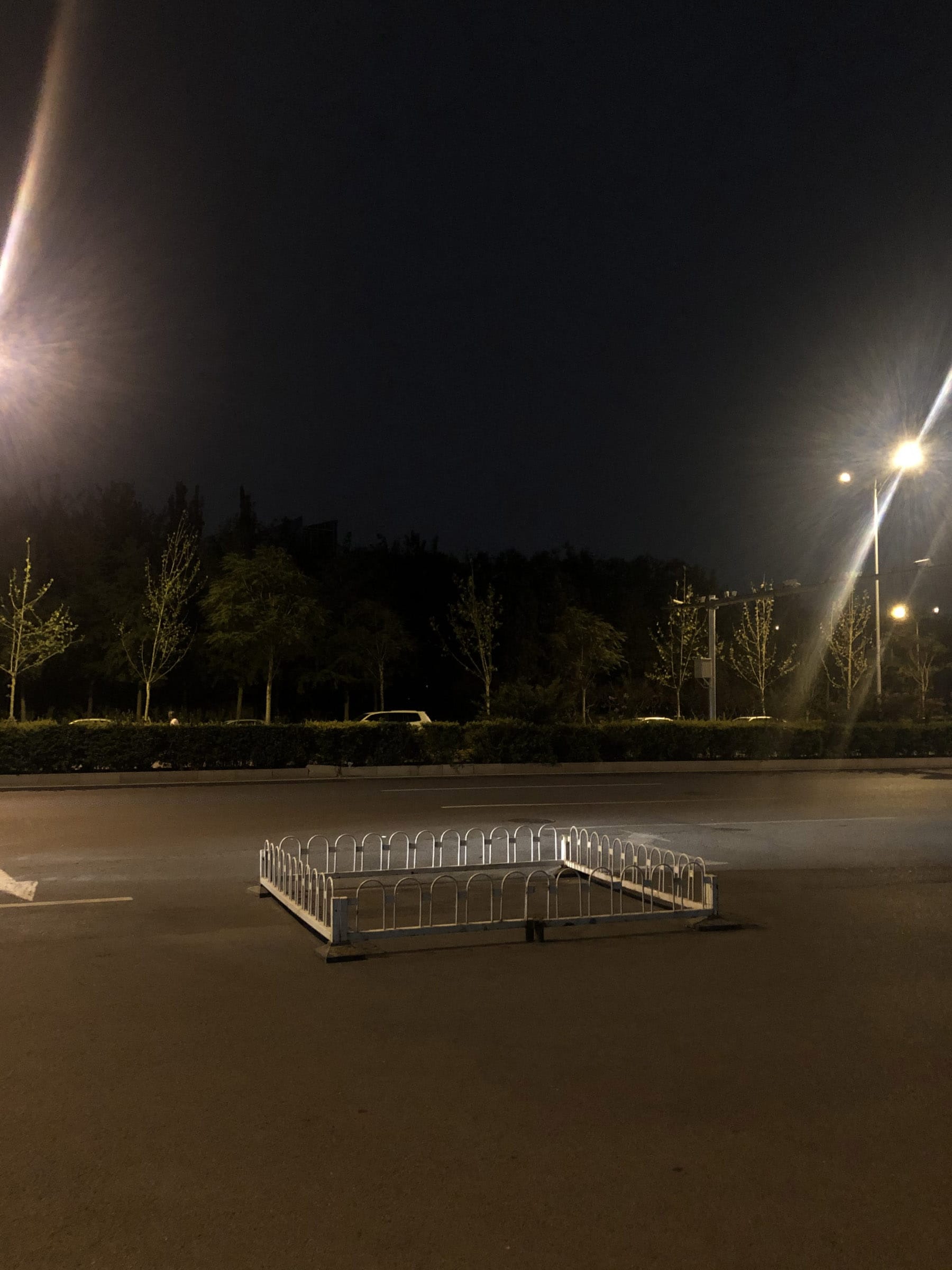
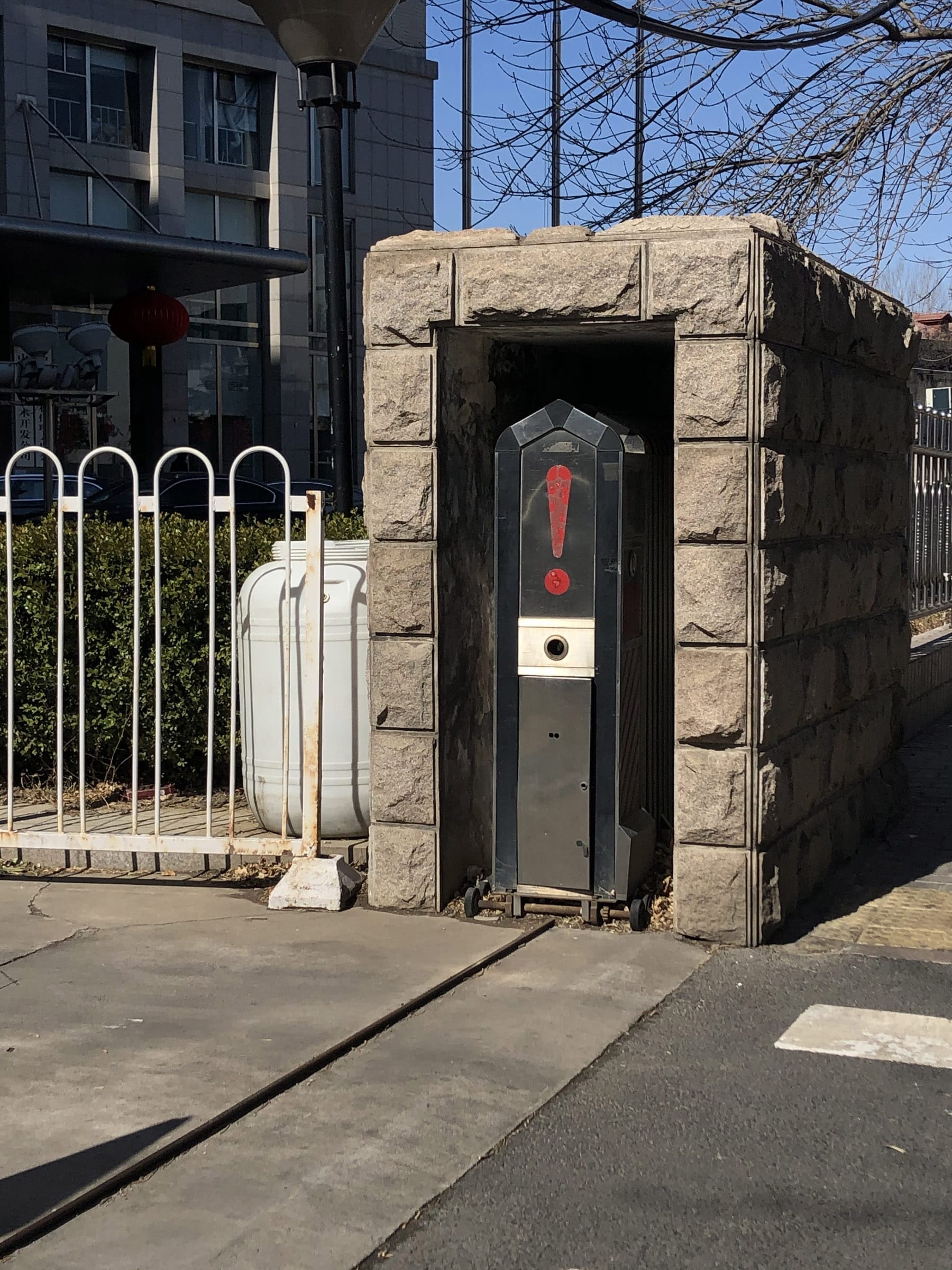
 she also highlights the erasure of the labor required to actually build the Folding City: at the banquet celebrating its 50th anniversary, a slideshow features glamorous aerial views, but our protagonist is left to “hope to see a scene of workers laying bricks, even if for just a few seconds.”
she also highlights the erasure of the labor required to actually build the Folding City: at the banquet celebrating its 50th anniversary, a slideshow features glamorous aerial views, but our protagonist is left to “hope to see a scene of workers laying bricks, even if for just a few seconds.”
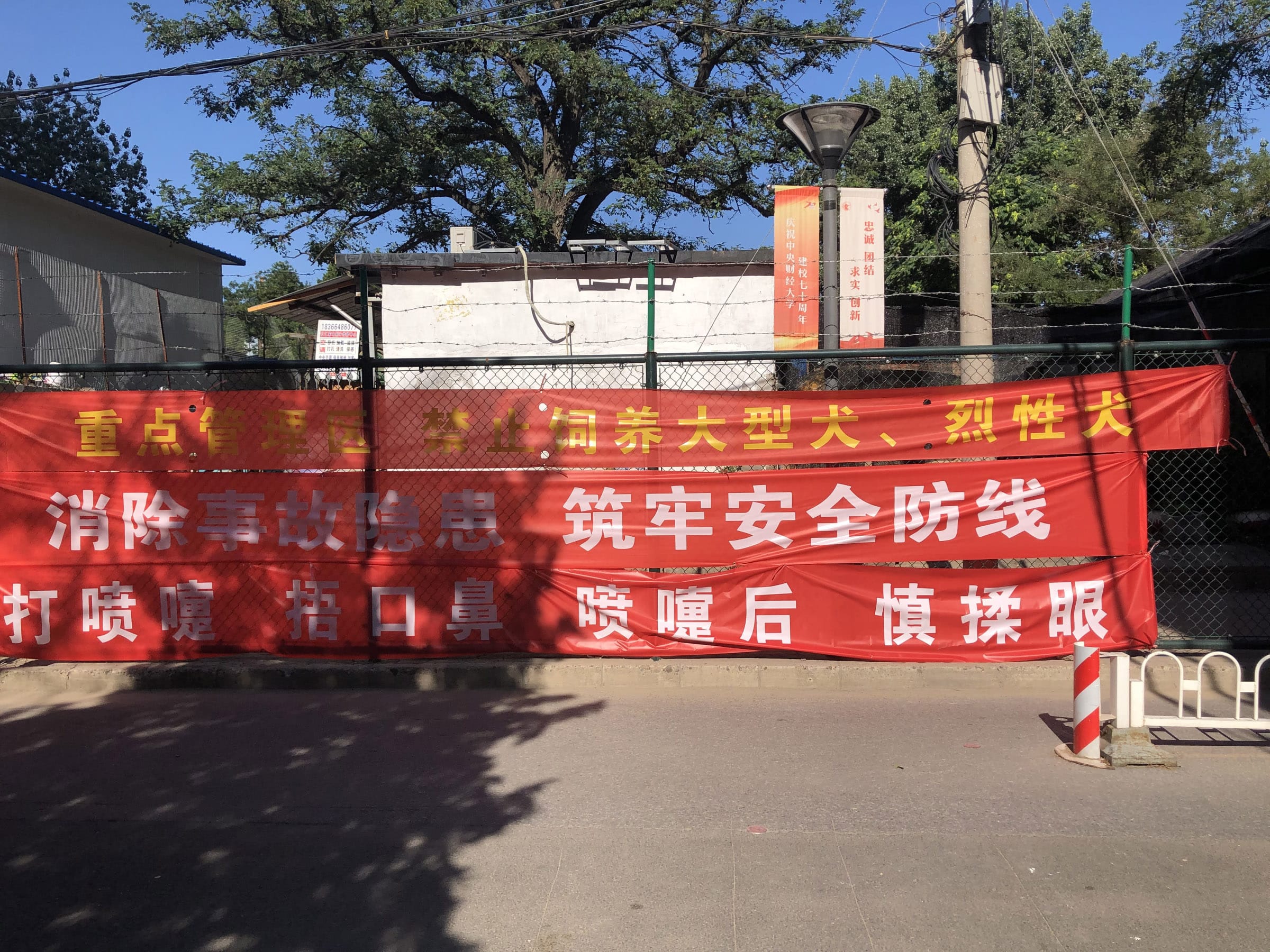
|
Third Space |
Second Space |
First Space |
Population |
51,280,000 |
~25 million |
~5 million |
Time allotment /48 hours |
8 hours |
16 hours |
24 hours |
Population/km2 |
~45,000 |
~22,000 |
~2,200 |
Primary industries and employment |
20,000,000 waste workers 30,000,000 service workers |
Mid-level administrators, graduate and professional students |
Top-level administrators, entrepreneurs, highly-skilled service workers |
Typical income |
10,000 RMB/month |
100,000 RMB/month |
800,000 RMB/month |
Transportation |
Underground mag-lev train |
Personal cars |
Driverless sedan chairs |
|
People and Daily Life |
“[Lao Dao] was wearing a white shirt and a pair of brown pants—the only decent clothes he owned. The shirt’s cuffs were frayed, so he rolled them up to his elbows.” “Finally, Peng Li appeared: His shirt unbuttoned, a toothpick dangling between his lips, strolling leisurely and burping from time to time. Now in his sixties, Peng had become lazy and slovenly. His cheeks drooped like the jowls of a Shar–Pei, giving him the appearance of being perpetually grumpy.” “The trucks of the city cleaning crew were approaching slowly … The loud chants of the woman next to him hawing her jujube interrupted his thoughts and gave him a headache. The peddlers at the other end of the road began to pack up their wares, and the crowd, like fish in a pond disturbed by a stick, dispersed. No one was interested in fighting the city cleaning crew … Anybody who dilly-dallied would be packed up by force.” |
“The men dressed mostly in western suits while the women wore blouses and short skirts, with scarves around their necks and compact, rigid purses in their hands that lent them an air of competence and efficiency.” “Lao Dao’s last memory of Second Space was the refined air with which everyone conducted themselves before the Change. Looking down from the window of the apartment, everything seemed so orderly that he felt a hint of envy. Starting at a quarter past nine, the stores along the street turned off their lights one after another; groups of friends, their faces red with drink, said goodbye in front of restaurants. Young couples kissed next to taxicabs. And then everyone returned to their homes, and the world went to sleep.” |
“[Yi Yan] was indeed as elegant as Qin Tian’s description had suggested … She had a good figure: Tall, with delicate bones. She wore a milky white dress with a flowing skirt. Her belt was studded with pearls, and she was wearing black heels.” “Most of the people in the park wore either well–fitted western suits made of quality fabric or dark–colored stylish Chinese suits, but everyone gave off a haughty air. There were also some foreigners. Some of the people conversed in small groups; others greeted each other at a distance, and then laughed as they got close enough to shake hands and walk together.” |
BMMC. (2016) ― 治“大城市病”本市开出十剂“猛药”. In: Committee BMAM (ed). Beijing.
BMPB. (2016) 北京城市总体规划 (2016年-2035年). In: Bureau BMP (ed). Beijing.
BMPG. (2017) 北京市人民政府关于组织开展“疏解整治促提升”专项行动(2017-2020年)的实施意见.
In: Government BM (ed). Beijing: 政府公报.
Chen Y and Liu T. (2015) 北京城市总体规划中人口规模预测的反思与启示. 规划师杂志社 (Planner Magazine): 16-21.
Hao J. (2016) 北京折叠. 孤独深处. Nanjing: Jiangsu Phoenix Literature and Art Publishing House.
Hao J and Liu K. (2016) I Want to Write A History of Inequality. Uncanny Magazine.
Ni Y and Bai Y. (2015) 北京宣布新的人口调控目标:2020年控制在2300万以内. Xinhua News Agency.
UFRC. (2019) 北京森林城市发展规划 (2018年-2035年). In: Urban Forest Research Center SFaGA, Capital Greening Office (ed). Beijing: Beijing Municipal Bureau of Landscaping and Greening.
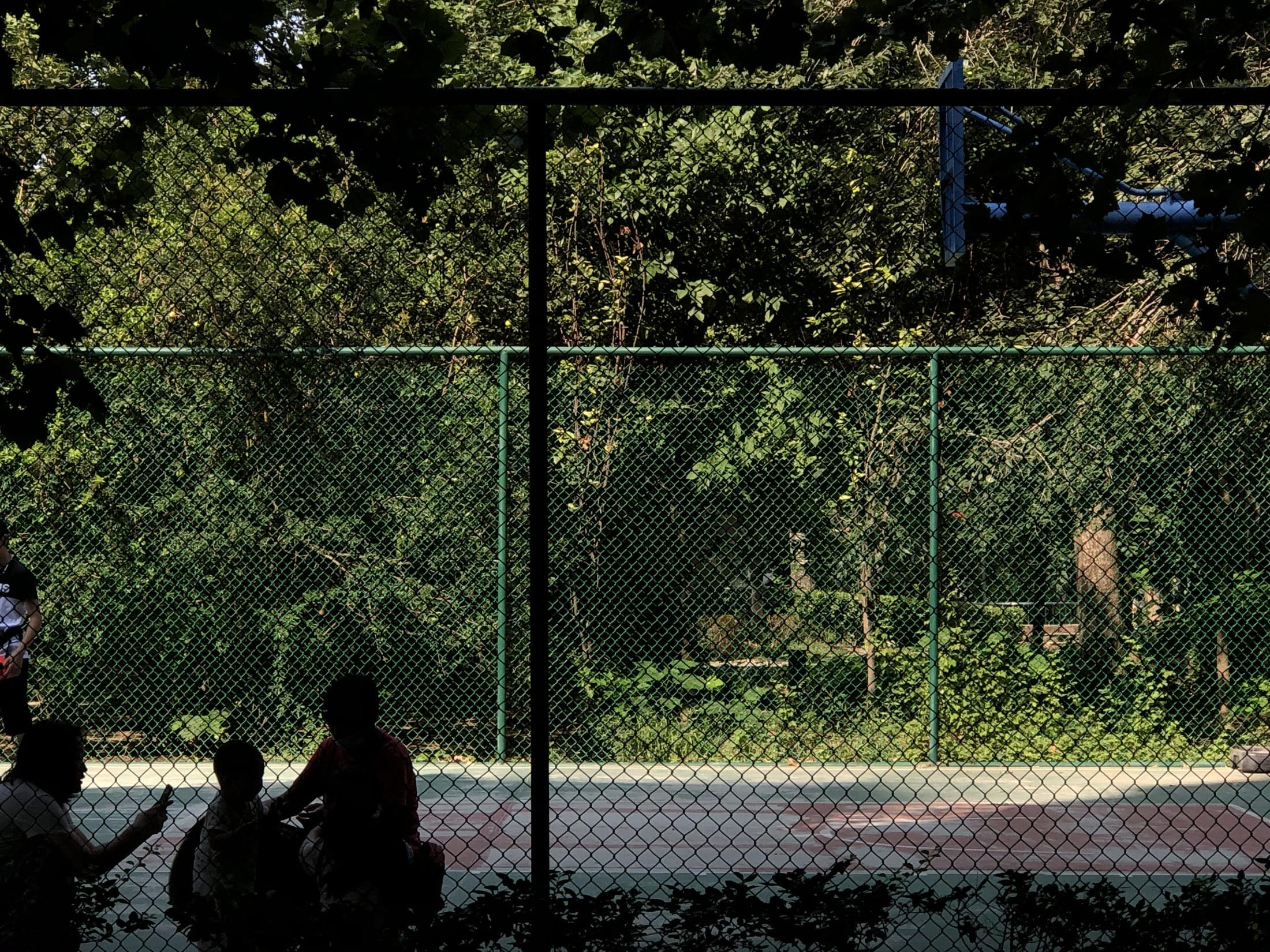
Text: Sam Kay
Photography: Muxia Liu 刘沐夏
Sam Kay
is a visiting assistant professor of Geography at the University of Minnesota-Duluth. His work takes a justice-centered approach to questions at the intersection of urbanization and the environment. Key areas of focus in his research and teaching are comparative urbanization, environmental justice, and urban humanities. His Beijing-based research attends to these issues through a grounded, primarily ethnographic analysis of the Beijing government’s attempts to manage population and environment at the same time under the state framework of ecological civilization.
Muxia Liu was born in July 1993. Beijing, China. She has received a M.A in Arts and Cultural Management from King’s College London and a B.F.A in General Fine Arts from Maryland Institute College. Muxia’s artistic practice is involved with painting, photography, illustration and mixed media collages where she aimed to minimize the distance between form and content via various approaches. Her works have been exhibited in wide-range of exhibition venues in Beijing, Baltimore and Florence such as the Baltimore Symphony Orchestra Hall. Meantime, her academic research is focus on the curatorial diversity in the context of post-colonial criticism and new internationalism.
Muxia is currently base in Beijing, China, working as a creative solo and has been a member of creative collective “IP 39.116”.